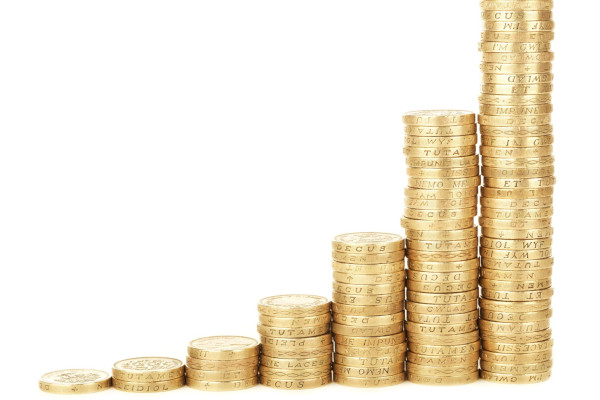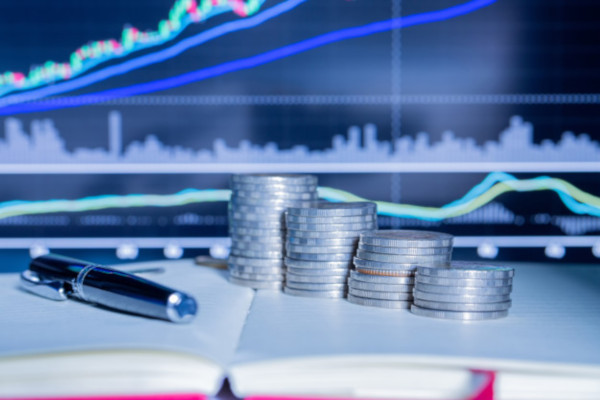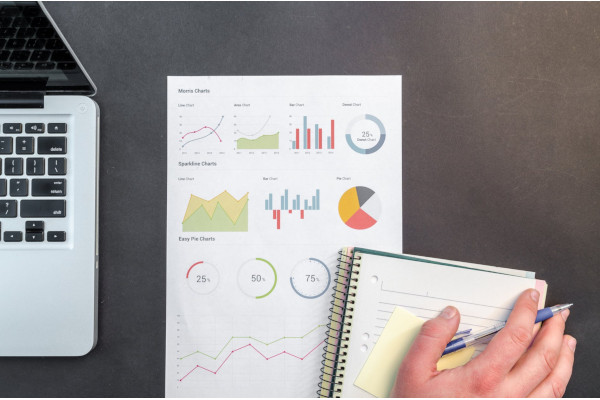What is Inflation Rate?
Inflation is the increasing prices of the products and services over time. It gives way to a period in which the value of the currency falls to an extent the price of several products and services rises. The Consumer Price Index (CPI) clearly shows this devaluation of the currency of a particular period. This extent is termed as the rate to describes the increase and decrease of the currency value.

What are the Causes of Inflation?
Different elements and factors give rise to inflation in an economy The following can be specified as the root causes of all types of inflation.
1.Increase in Money Supply
An increase in the money supply is one of the biggest problems and causes that give way to inflation and outpaces economic growth. The value of the money is determined by the uncorrupt and proper circulation of it within the designed confinements by the government and the economist for a healthy economy. It also depends on the amount of currency is being run in the entire nation. The economy’s growth rate and the circulation of the money should go hand in hand. If the federal reserve, observing the down economy problem, releases more money in the market that is above the economy’s growth rate the value of the currency would fall. Because the perception of the public on the values of the underlying currency would change.

2. High National Debt
Every year the needy nations take debt from the developed countries for which they are being charged with some sort of interest rate. This debt is used by the government to utilize it in different national projects. When the nation fails to pay off the debt back it either prints more money to pay the debt off or tries to derive money from citizens by increasing the tax. Most of the time the former is avoided and if the latter is imposed it would cause the big businesses to pay more taxes to the government. For this, they would raise their product price and hence inflation takes place.

3. Demand-Pull Effect
The other cause of inflation is the imbalanced co-existence of the employed and unemployed. If the Economy would grow with a low rate of unemployment, everyone would have the ability to spend on everything and this would give rise to great demands. Often when demand is great from the consumers the companies would raise the products and services price and hence the inflation would take place.

4. Cost-Push Effect
The cost-push effect refers to the inflation caused when the cost of any raw material used to produce and deliver any product or service rises. The companies try to pass the costs to the consumer for their profit by increasing the cost of the products. The cost difference lies in the past cost and present cost of the raw material.
5. Exchange Rates
The foreign marketplace has given great help to the citizens but it has exposed the economy under a threat of less indigenous production and more dependence on foreign importations. More import is sending the currency of one nation to another that in a way. In global economy exchange rates are considered one of the most crucial reasons for inflation.
What are the Different Types of Inflation Indexes?
There are different types of inflation indexes used to measure the inflation rate. The most commonly used ones have been specified below.
The Consumer Price Index
This is an index that records and measures the changing patterns of the prices of several goods and services that the consumers are buying within a particular time, season, or year to measure the inflation. It measures the changing patterns of a large number of goods ranging from medicines to groceries and transportations. CPI measurements are very important as it concludes the different pricing of different products and services. This index is measured by several financial institutions, economists, share markets, and companies. The findings of the measurement economists recommend correcting the changes in the price of the products and services in the market.

The Wholesale Price Index
The wholesale price index is very famous for measuring and monitoring the progressive and regressive growth changes in the price before it reaches the retail stage. WPIs can be different in different nations. Many nations use the producer price index for the same purpose instead of WPI.
The Producer Price Index
The producer price index takes several products and services and measures average changes in the selling price. These are received by domestic producers of goods and services within a particular timeframe. It measures the changes from the seller’s perspective and differentiates from the CPI.
What are the Pros and Cons of Inflation?
- Inflation gives profit to the real estate and property holders, as with demand of the assets rises and its demand is always in a growing direction. But the negative part of this is that not all people, even the neediest ones, could afford to have one their own.
- It promotes investment both in business and individual stocks. Inflation erodes the value of black or cash held.
- Some level of inflation is required for promoting investments. It should be maintained in an optimum range. But greater than this inflation harms the economy. It leads to uncertainty in the market and it may lead to unemployment.


